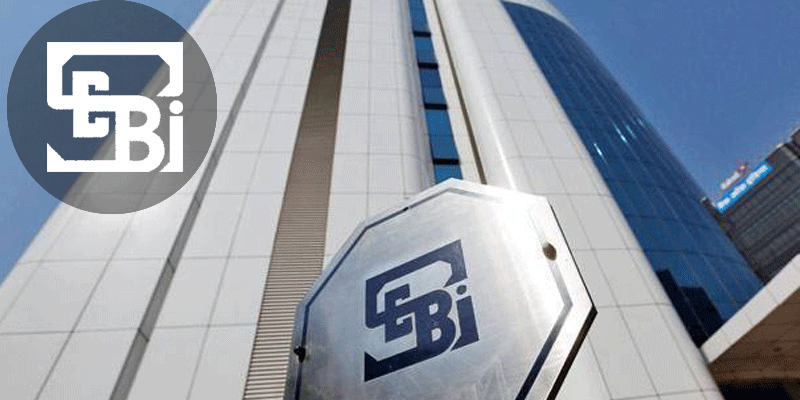Exchange-traded funds (ETFs) are passive funds that are a collection of various securities like shares, bonds, commodities, money market instruments, etc. Similar to mutual funds, ETFs are a type of pooled investment security, which are bought and sold on a stock exchange.
ETFs are relatively safer than stocks considering their inherent diversification. If an investor buys shares of a stock and the company underperforms, the value of the stock dips. If that’s the only stock in the portfolio or even one of a few, that can have a significant impact on the finances. However, if an investor has purchased shares of an ETF and one or two stocks in the ETF don’t perform well, the other ETF holdings can suitably offset those losses.
Today, as an investor you have a choice of more than 150 ETFs to choose from. Here’s the lowdown about what to broadly lookout while choosing an ETF scheme.
Underlying Index (Benchmark): ETFs tend to track indices. This means that they aim to mirror the performance of a list of stocks or bonds such as the Nifty 50 Index or the BSE Sensex. An investor must opt for one based on their risk appetite. An investor has the option to choose from a variety of ETFs, including sectoral ETFs, Next 50 ETFs, quality ETFs, and momentum ETFs. However, it is suggested to invest in pure equity funds, that is, active or passive funds.
Liquidity: This is an important aspect for an investor to consider while choosing an ETF. As an investor making small investments, there is a possibility of facing high liquidity issues in ETFs having low trading volumes. So, it will emerge as a task or them to sell or get a fair market price for their holdings. Ideally, invest in an ETF with higher liquidity as they will have a lower bid-ask spread.
Expense Ratio: The expense ratio or total expense ratio (TER) relates to the amount an investor pays in fees annually to own the fund. TER is likely to be different for various ETFs. The lower the expense ratio, the less it will have an impact on the returns. However, a lower expense ratio does not always translate into higher returns.
Tracking Error (TE): This highlights how closely the returns compare to those of their benchmarks. In case the tracking error is close to zero, it indicates that the ETF mimics the index suitably. A lower tracking error means that the ETF has generated returns closer to that offered by the index. Ideally, the lower the tracking error, the better the performance of funds. Also, take into consideration how consistent the ETF’s tracking quality is over a period.

Rajiv is an independent editorial consultant for the last decade. Prior to this, he worked as a full-time journalist associated with various prominent print media houses. In his spare time, he loves to paint on canvas.





